It was a scorching Wednesday in Chico, where the thermometer hit 106 degrees.
A car set ablaze and rolled into a gully ignited a colossal wildfire that would soon become California’s most formidable blaze of the year, testing the mettle of emergency responders across the region.
The Fire Spreads at an Alarming Rate
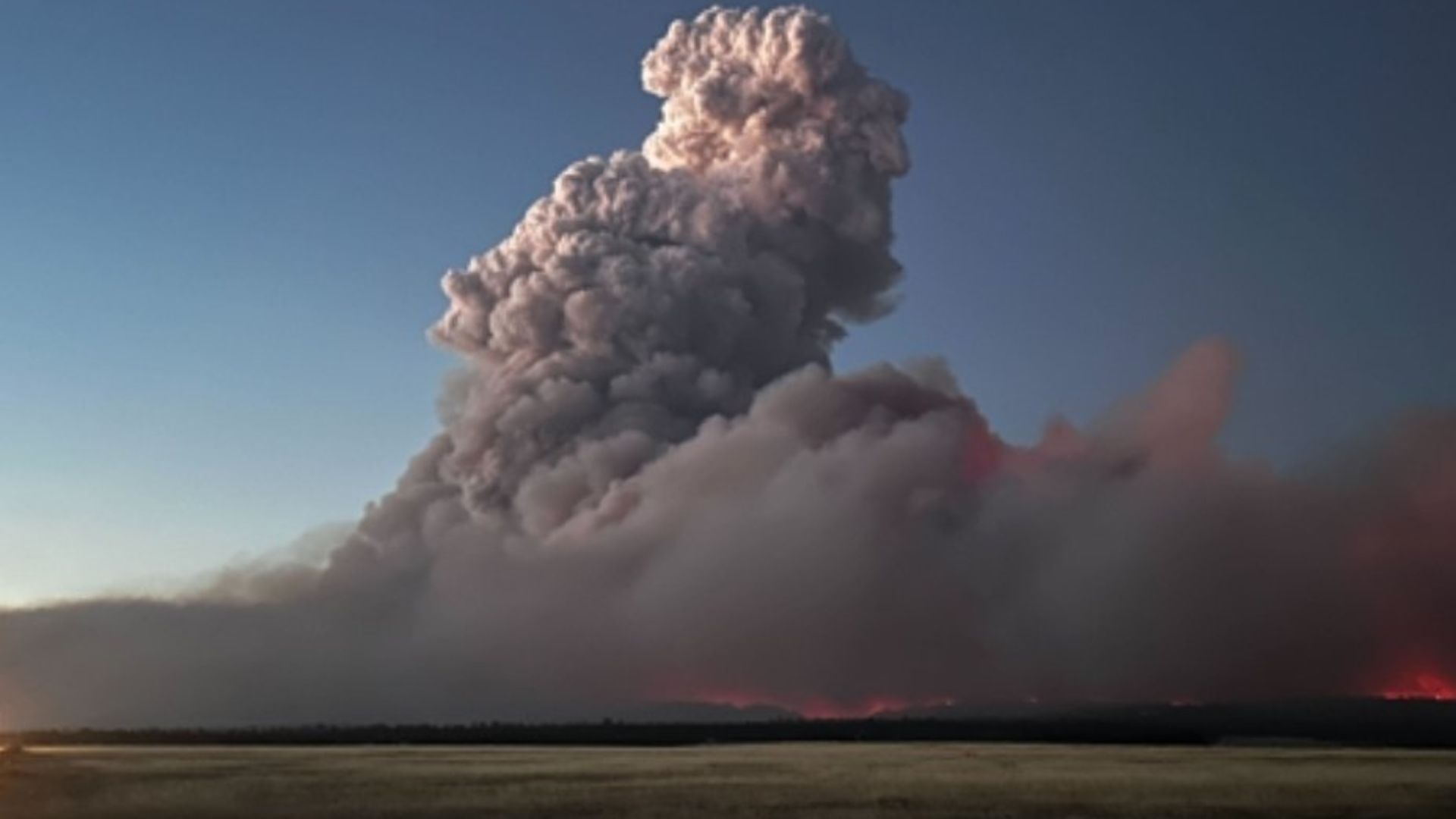
Ignited by the torched vehicle, the dry, ready-to-burn brush quickly fueled a larger fire, spreading to trees and vineyards whipped by strong winds.
These first moments were critical, setting the stage for a wildfire that would grow exponentially within hours.
Overnight Growth of the Park Fire
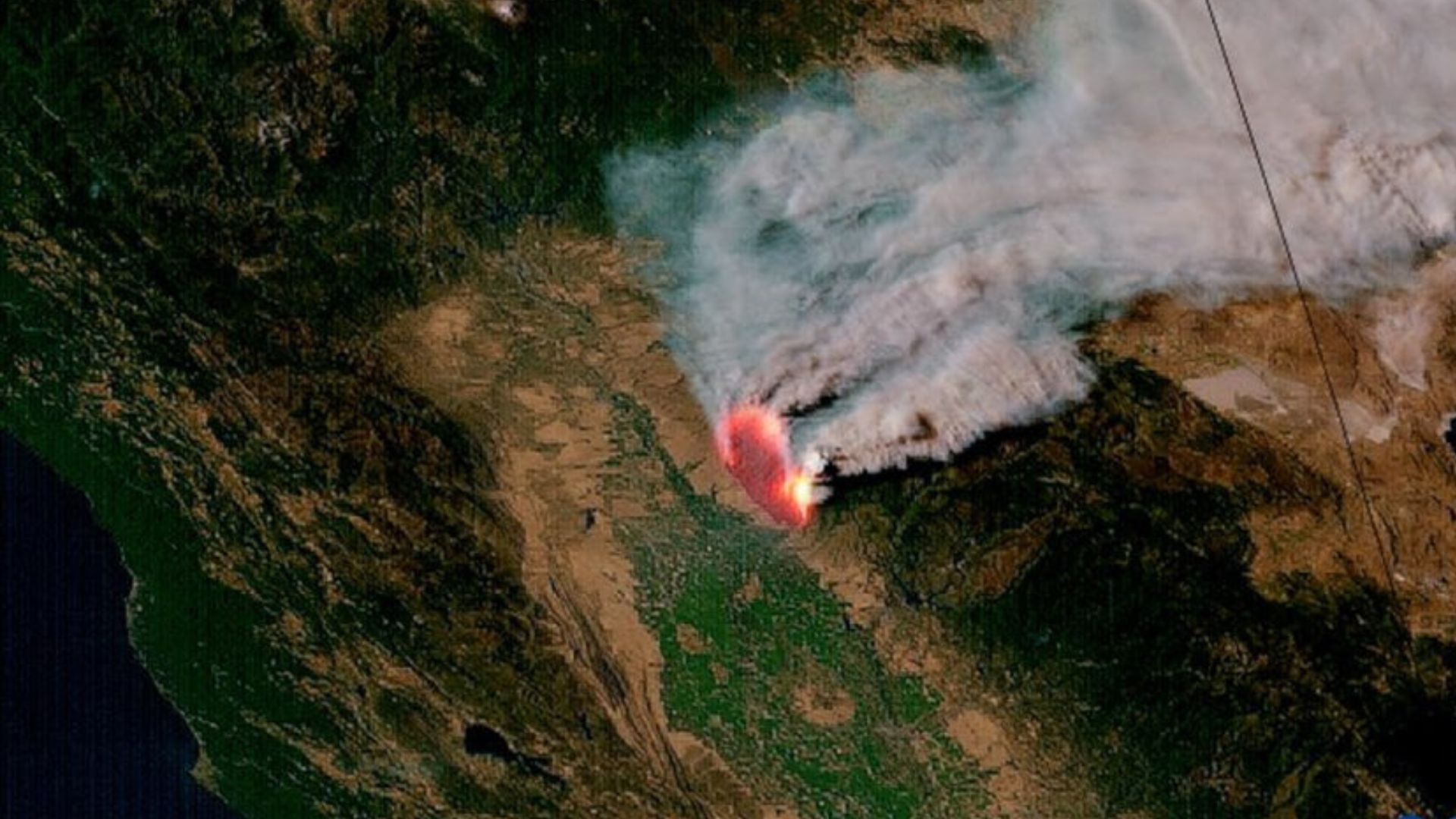
By dusk, the Park fire had engulfed 6,000 acres. The situation escalated rapidly, with the fire expanding to over 42,000 acres by the next morning.
The blaze was fed by a lethal mix of hot weather and plentiful dry vegetation, creating extreme fire conditions.
A Confluence of Dangerous Factors
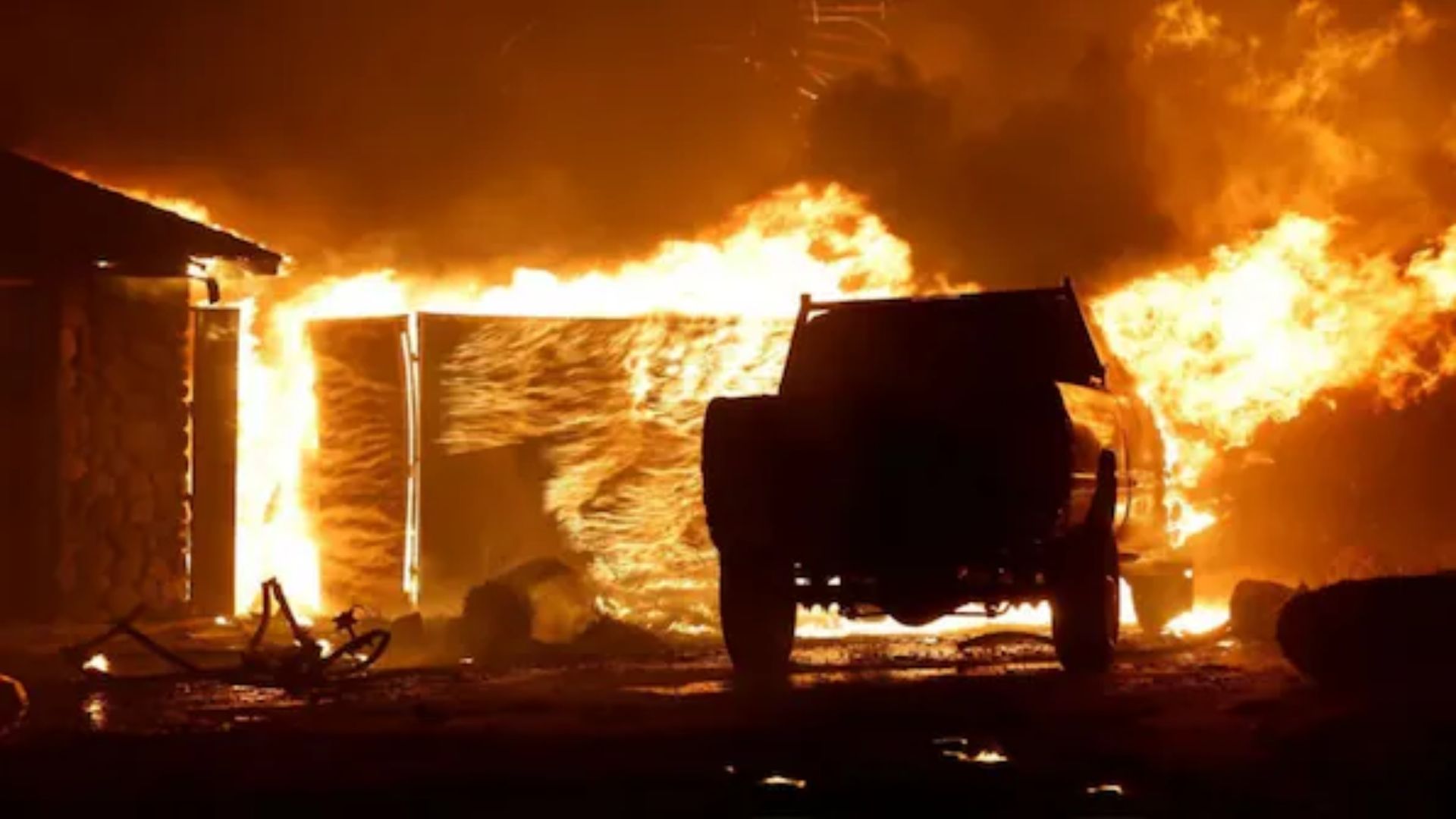
Experts cite a perfect storm for wildfire.
High temperatures, parched vegetation, and decades of unburned landscape combined to fuel the Park fire’s unprecedented spread, making containment efforts a daunting task.
A Firefighter’s Nightmare
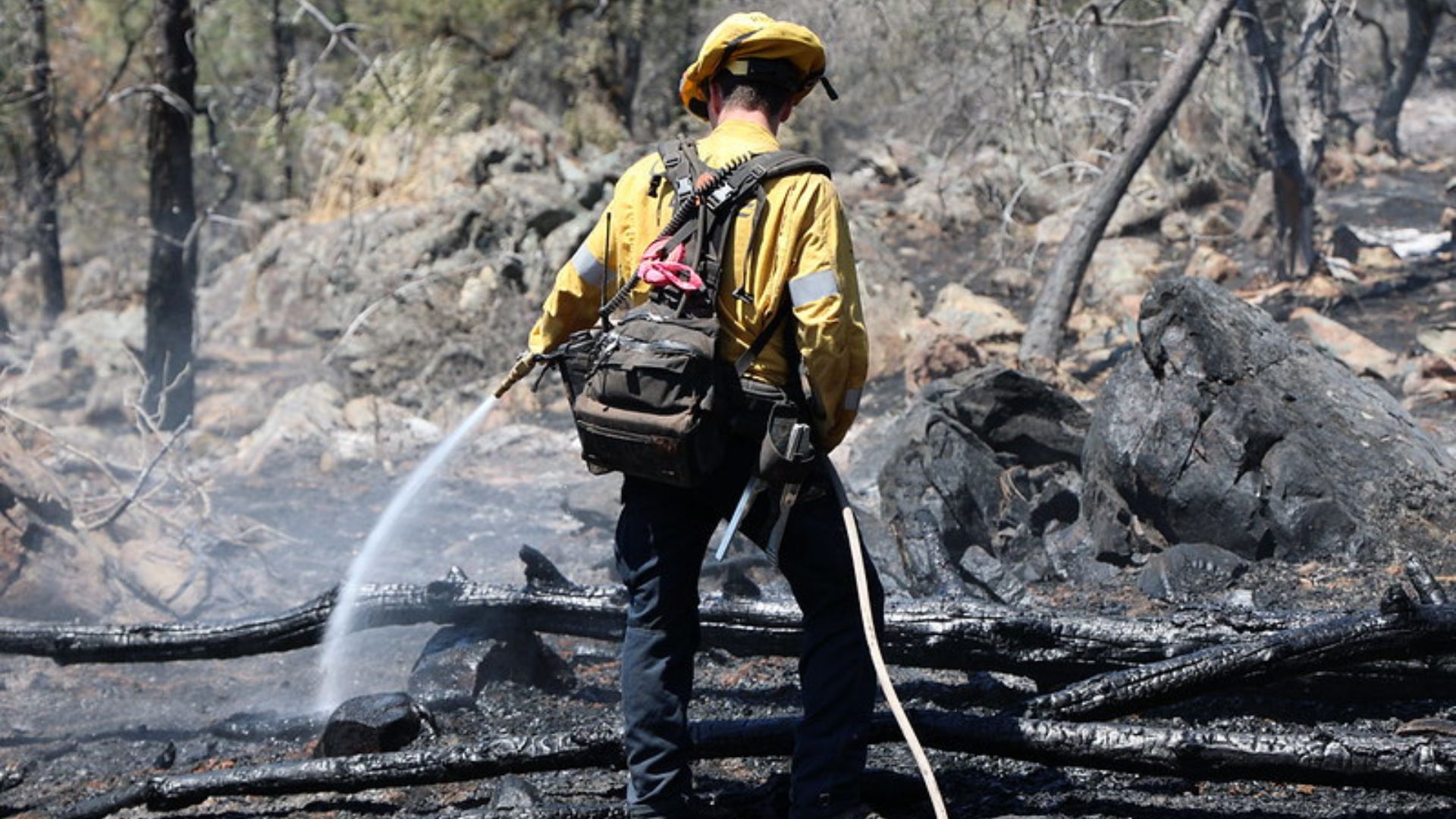
“This is really the first fire in the past several years in California that I would call extraordinary—and that’s not a good thing,” said Daniel Swain, a UCLA climate scientist.
This highlights the severity and rarity of the Park fire’s behavior.
The Fire Alters Local Weather
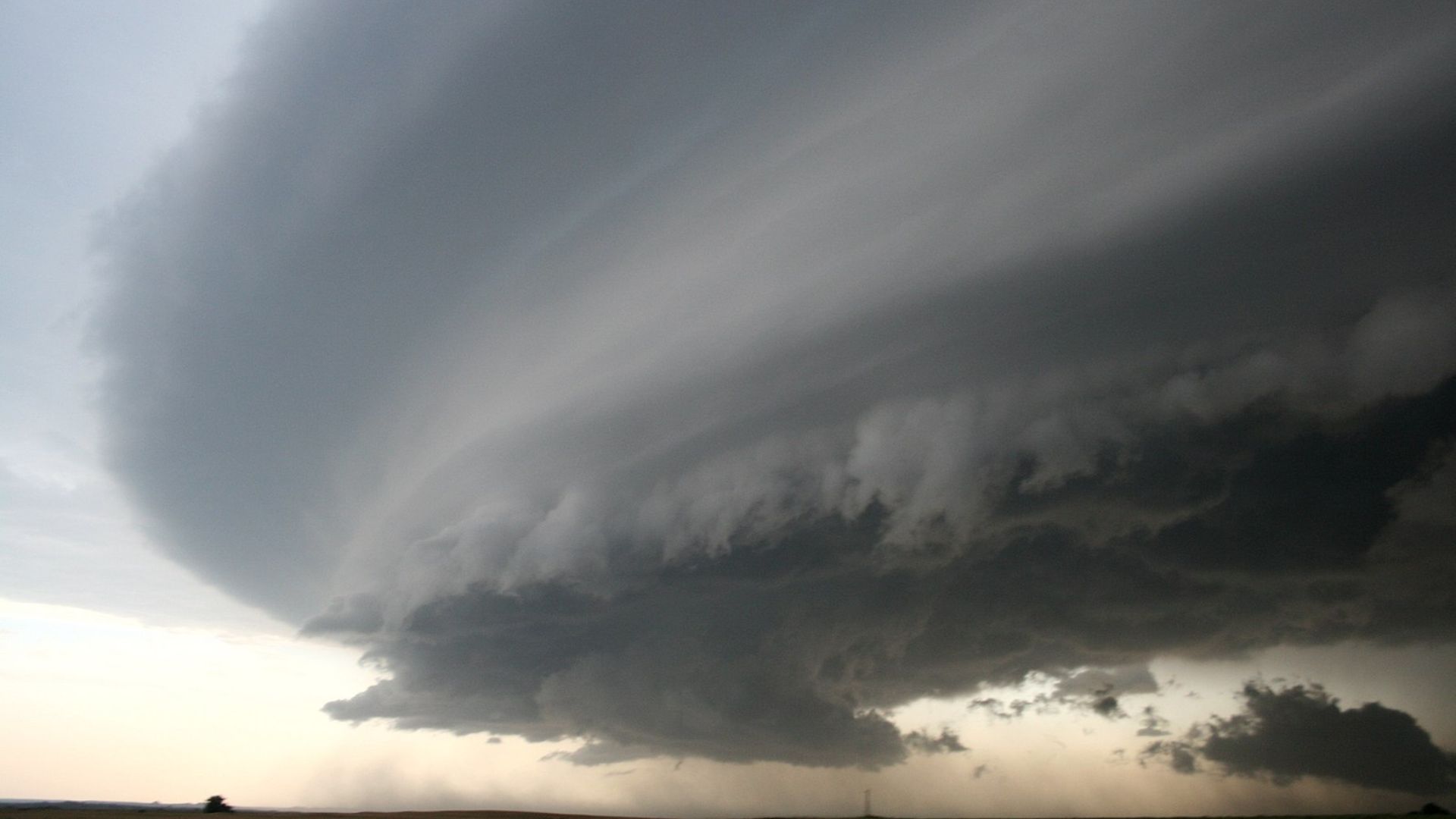
The Park fire not only consumed land but also began influencing weather patterns, exhibiting characteristics of a super-cell thunderstorm.
These included large-scale atmospheric rotations and fire-induced tornadoes, adding layers of unpredictability to the already fierce firefighting efforts.
Meteorological Oddities Unleashed by Fire
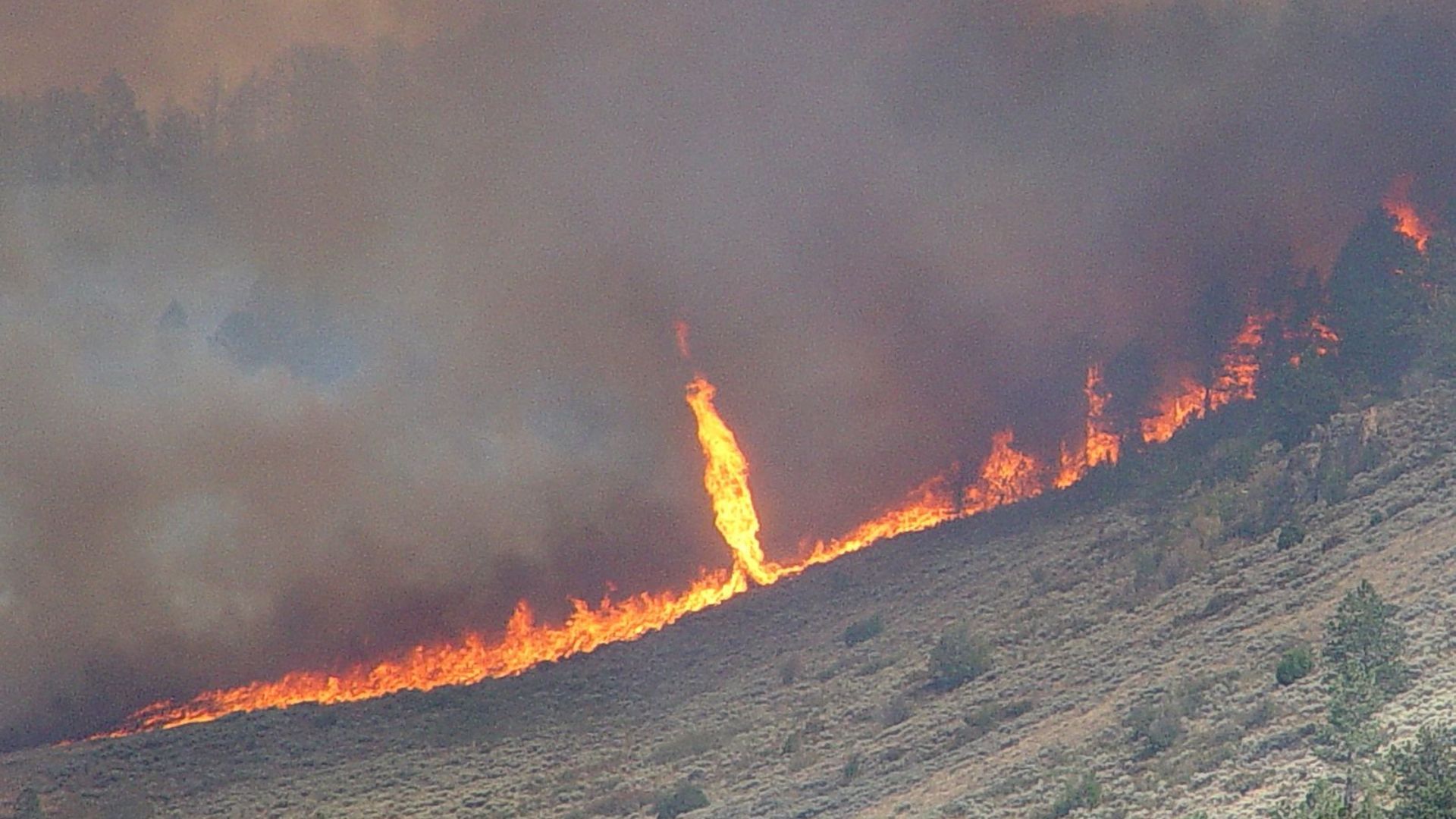
“At this point the fire is kind of creating its own weather, and that can be pretty unpredictable,” noted Courtney Carpenter, a meteorologist with the National Weather Service in Sacramento.
The fire’s intense heat and energy have spawned phenomena akin to thunderstorms and tornado-like whirls of fire.
Fire’s Potential Path of Destruction
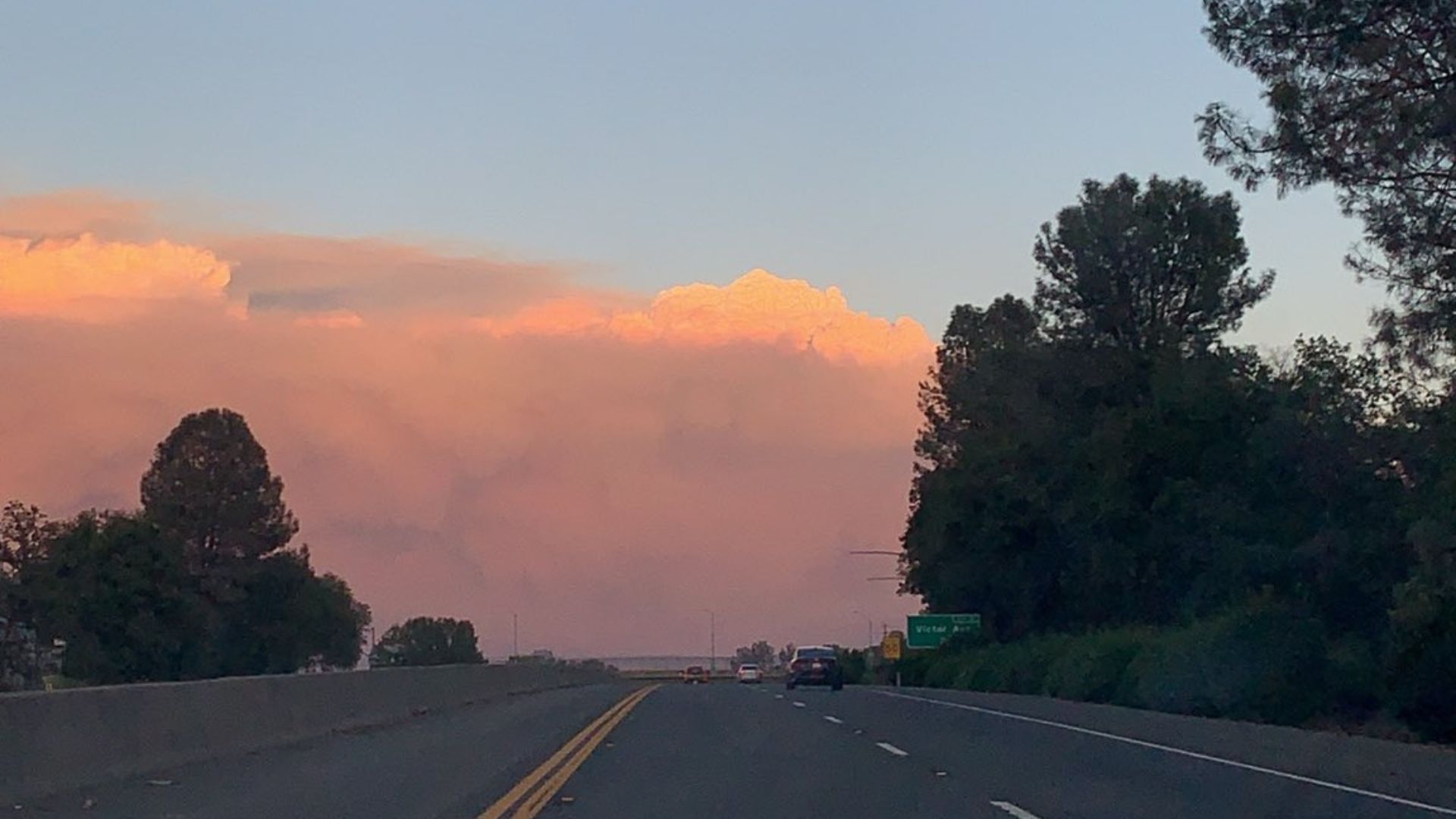
Initially, the Park fire moved into less densely populated areas, but experts warn of its potential to expand significantly.
The dry brush and forest ahead contain massive amounts of fuel, possibly leading to further expansion that could threaten more communities.
Heavy Losses and Looming Threats
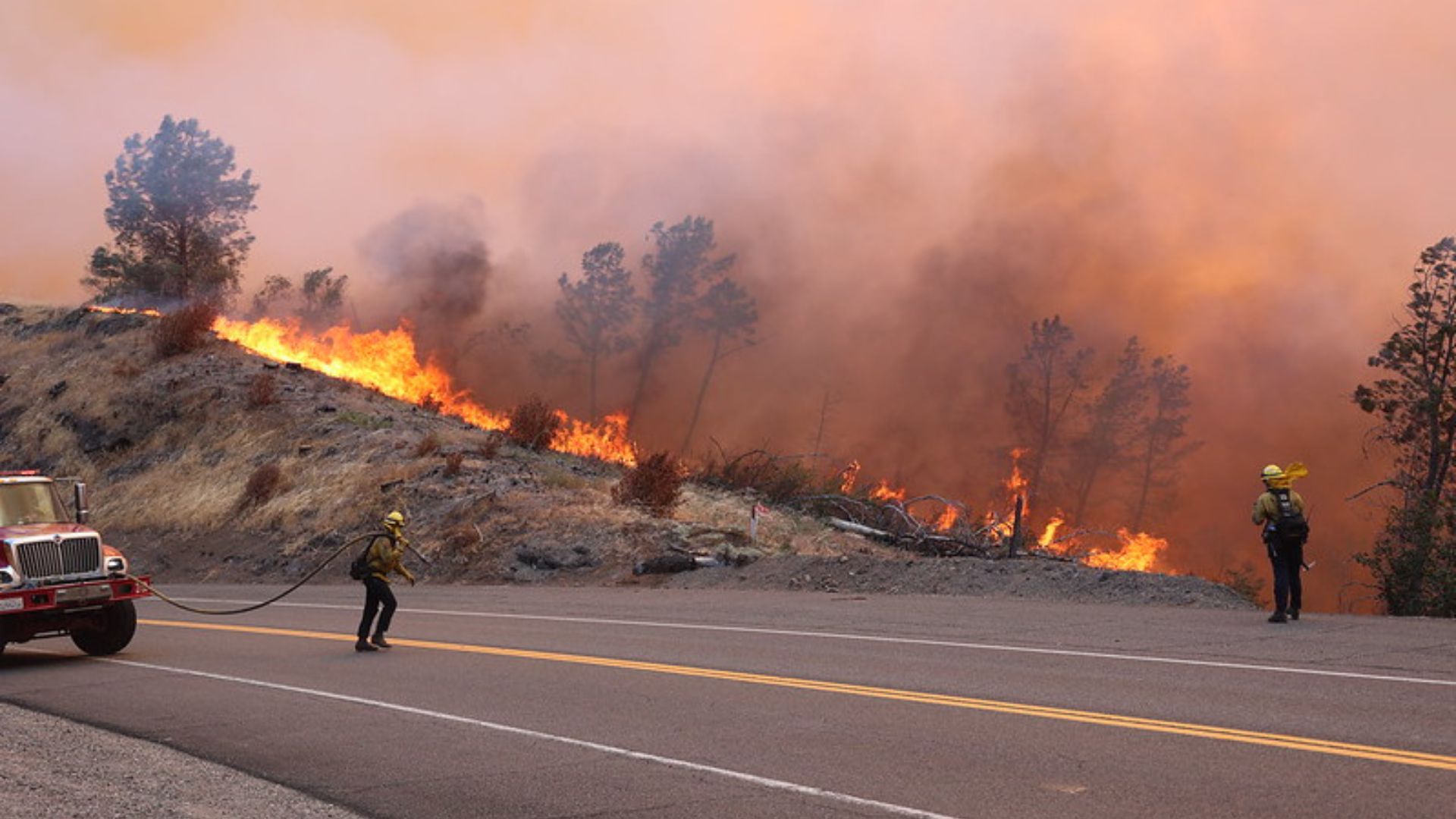
To date, the Park fire has destroyed 134 buildings, with 4,000 more threatened.
This stark tally illustrates the extensive damage already inflicted and the ongoing threat the fire poses to both homes and natural habitats.
Cohasset on the Brink
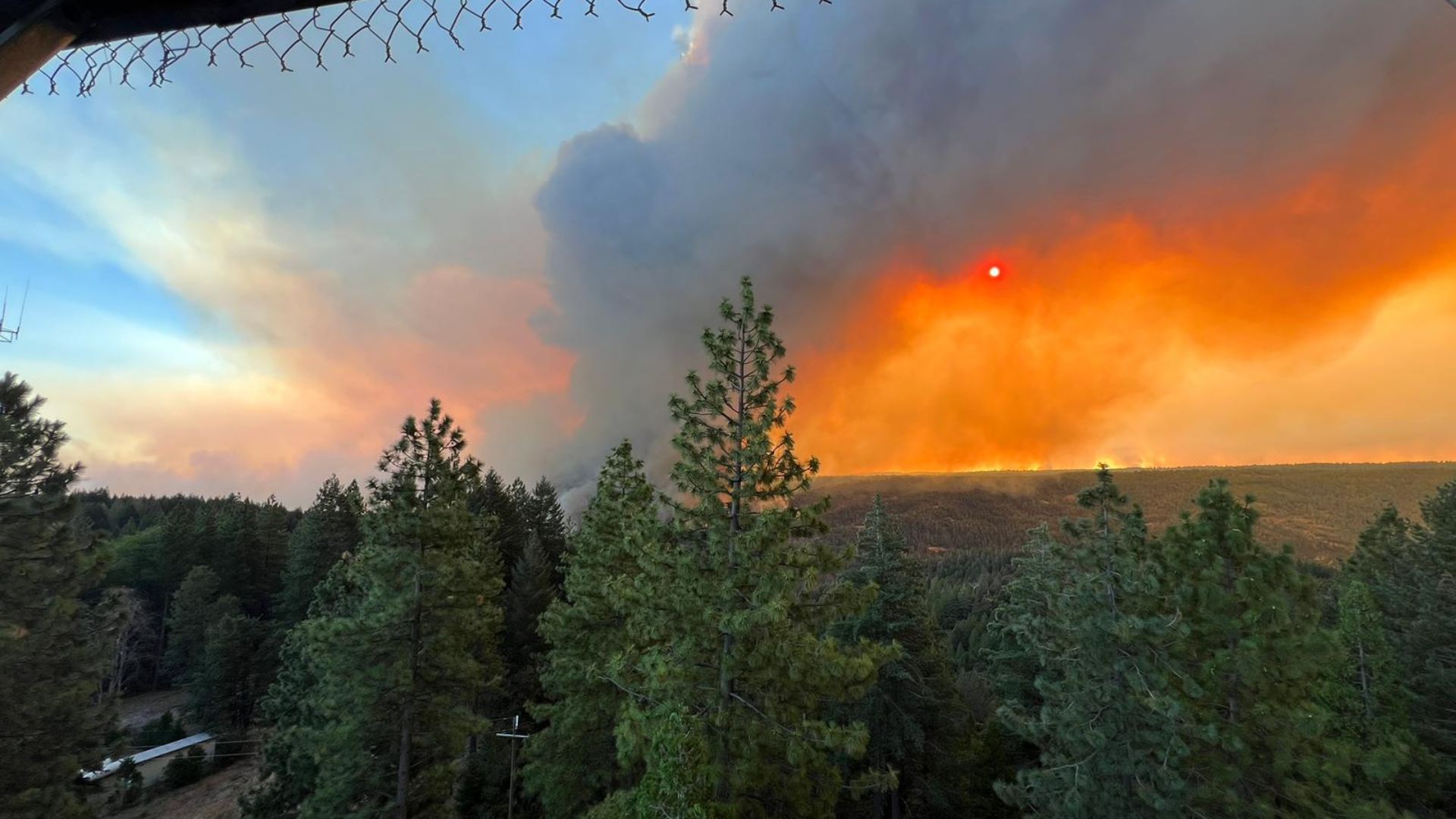
Cohasset, a community with few escape routes, faces acute danger.
“Cohasset was particularly concerning to us because … there is really only one way out and that is a narrow, windy road,” said Butte County Sheriff Kory Honea.
Evacuation and Community Anxiety

The swiftly spreading fire has forced approximately 4,000 residents from Cohasset, Forest Ranch, and nearby areas to evacuate.
The fear of an unpredictable and rapidly advancing fire has brought back haunting memories of past disasters in the region, keeping the community on high alert.
Facing a Prolonged Firefight
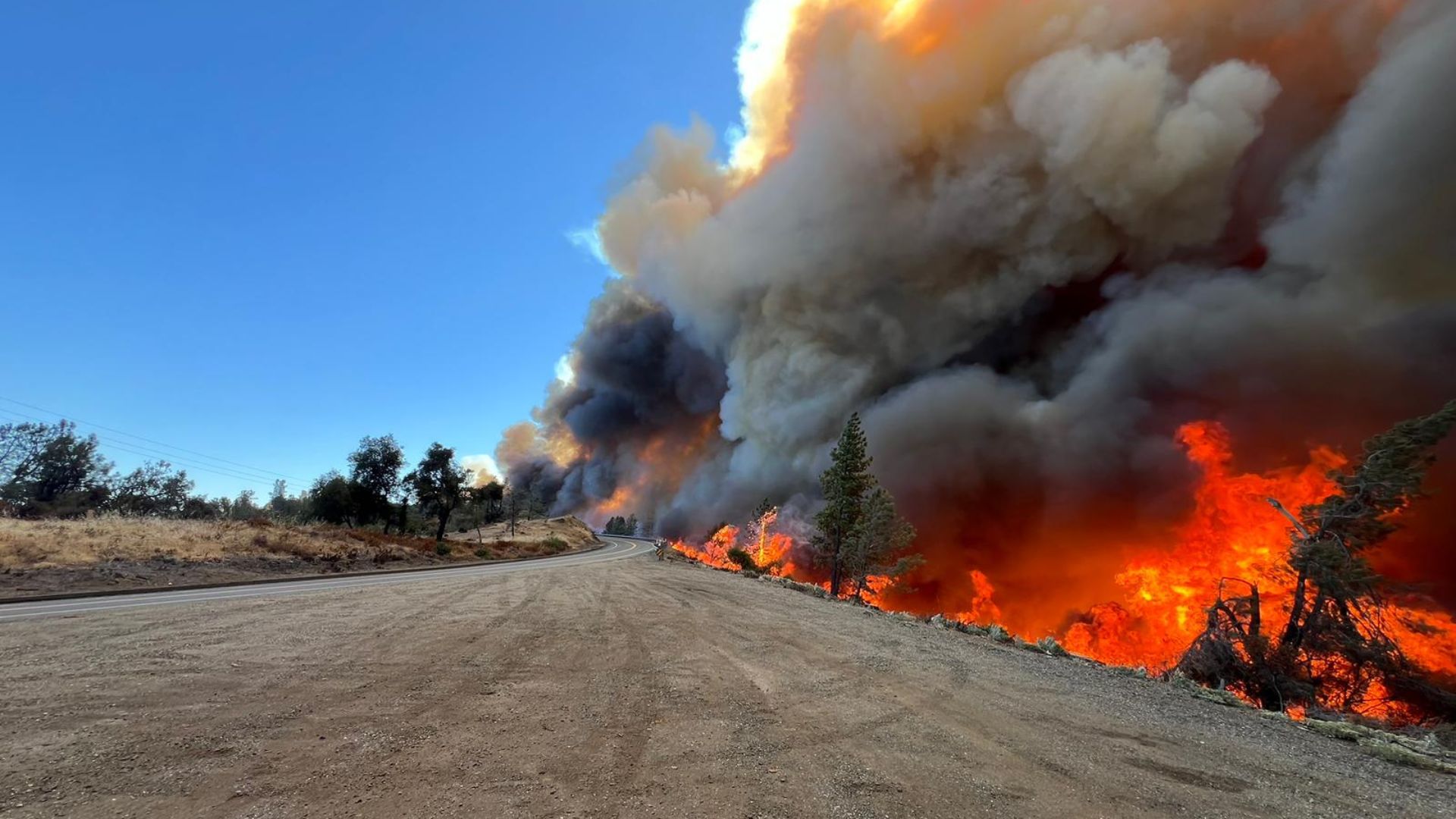
“The outlook is that it’s not going to be easily contained,” said Don Hankins, an expert involved in local fire safety efforts.
Firefighters brace for a long battle against the Park fire, with the dry season ongoing and no significant rainfall in sight, signaling tough weeks, if not months, ahead.
